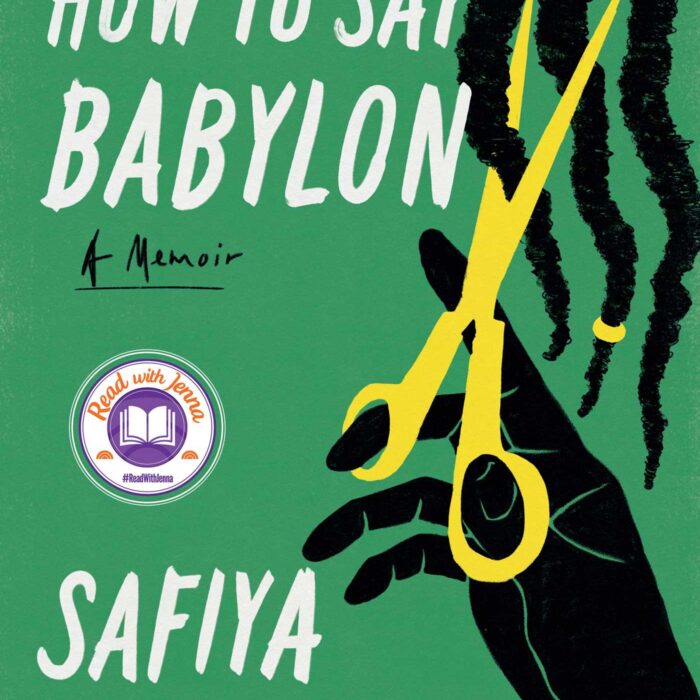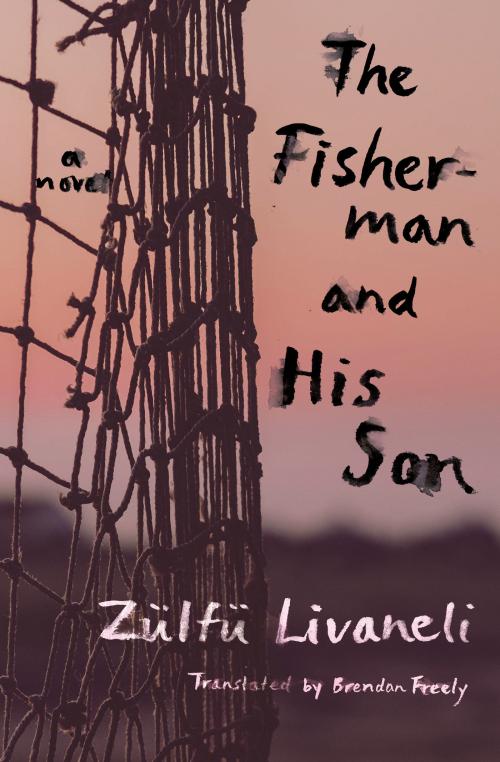You have no items in your cart. Want to get some nice things?
Go shopping
Seeing as it is science month here at Litro, what better time to take a look at one of the most influential, funniest and perhaps wisest writers to have wrestled with science in his books: Mr. Kurt Vonnegut, Jr. Vonnegut wrote many novels, all brimming with ideas and characters hopelessly battling ingrained flaws in their personality and psychology, tied together with a ceaseless warmth and trademark wit; as he admitted in 2005’s A Man Without A Country, he thought ‘any subject is subject to laughter’. When I spoke to up-and-coming writer Joe Dunthorne about Vonnegut, he commented his admiration stems from the author’s “uniquely, relaxed tone of his prose. He makes you want to go for lunch with him. Maybe even breakfast. Plus, he makes jokes without using punchlines. He makes death funny, and also, not in the least bit funny, at the same time”. Vonnegut’s style is incredibly conversational, and his novels read as if they were dictated in one go, yet have proved greatly memorable and enduring. As American author Dave Eggers notes, Vonnegut’s books are ‘very personal novels disguised as allegories disguised as science fiction’. Vonnegut uses elements of science fiction to study humanity and the plight of its flawed but hopeful citizens. For instance, many of his novels revolve around the human struggle to accept the linear nature of time, exploring pre-determined destinies versus free will.
These ideas are central to Slaughterhouse-Five, the writer’s 1969 novel and perhaps his most famous work. The book primarily draws on the Allied bombing of Dresden, which Vonnegut witnessed as a prisoner of war. At first believing his recollections would morph easily into a best-seller, he soon realised ‘there is nothing intelligent to say about a massacre’, and the resulting book was finished twenty three years after his return from the army. However, Vonnegut’s descriptions of Dresden’s horrors are evocative, and even pungent. When anti-hero Billy Pilgrim and his fellow POWs surface from a subterranean bunker, they find the bombed city just like the surface of the moon, human bone meal brittle underfoot and the ‘bodies rotted and liquefied, the stink like roses and mustard gas’. What makes the novel more than just a detailed depiction of war, and at all readable is Vonnegut’s singular wit and humanity, which makes SH-F so ultimately memorable. And that’s to say nothing of the inter-planetary time-travel.
Inspired by Vonnegut’s haunting war flash-backs, Pilgrim is a passive time-traveller, “in a constant state of stage fright, he says, because he never knows what part of his life he is going to have to act in next”. As if that wasn’t enough, the poor Optometrist is abducted and held hostage on the distant planet Tralfamadore. The natives believe him a fine human specimen, but find his time-travelling unremarkable; after all, they see the past and future simultaneously, and “where each star has been and where it is going, so that the heavens are filled with rarefied, luminous spaghetti”. Tralfamadorians destroy the Universe whilst experimenting with new fuels for flying saucers, an event they claim is unavoidable, because “the moment is structured that way.” When Pilgrim attempts to explain this, or any other lesson gleaned from his troubled existence, to those close to him, he finds them unwilling to listen. Pilgrim is a misunderstood and lonely man, and the novel speaks about loss of communication, and the undignified process of ageing, which, Vonnegut tells us, is unbearable yet inevitable; much like war.
During the BBC’s 1983 Arena documentary on the writer, Vonnegut comments: “As an anthropologist, I learned to stand outside of my own society. People have said that I am like a Martian visiting the earth”. This approach to life can certainly be seen in Vonnegut’s second novel, 1959’s The Sirens of Titan, which Salmon Rushdie voted it as the one book everyone should read before turning 21. Set against the backdrop of the Martian invasion of our planet, its central character is omniscient Winston Niles Rumfoord. After crashing his spaceship just outside Mars, Rumfoord exists as ‘wave phenomena’, simultaneously on any number of planets, in the past, present and future. He states he can see the ‘rollercoaster of his life’, but is powerless to change the course; “everything that ever has been will always be, and everything that ever will be always has been”. By following the plight of an unwilling yet powerless time-traveller, the novel explores the futile brutality of war, how humans try to justify or repress it’s horrors, and the loneliness caused by the disintegration of the extended family .Thereby, it presents ideas central throughout Vonnegut’s work, notably his 1969 novel Cat’s Cradle.
Cat’s Cradle was written at a time in which the world was obsessed with the destructive fire of the atom bomb. However, as the author comments in the BBC’s 1983 Arena documentary about his career, ‘the whiz-bang science fiction device of Cat’s Cradle is ice-nine’, a substance which threatens end life by irrevocably freezing every object in comes into contact with. The novel also provides a detailed account of the religion Bokononism. The contradictory and eccentric teachings of leader Bokonon muse upon ideas of serendipity and fate, particularly within the concept of a karass, which is a group of people unwittingly drawn together by a predetermined destiny. These themes are found throughout Vonnegut’s work, and are central to his later novel, 1973’s Breakfast of Champions. With this book, Vonnegut is trying to clear his mind ‘of all the junk in there … to make my head as empty as when I was born onto this damaged planet’. The junk, in this case, happens to be every object of note the writer has ever seen, which is drawn and explained, every advertising motto he has ever heard, characters from former books he wishes to ‘set at liberty’, and reams of his own anxieties. The novel details the destructive meeting of two characters, the already familiar Kilgore Trout, and Dwayne Hoover, a man who is haunted by his mother’s suicide, and whose ‘body was manufacturing certain chemicals which unbalanced his mind’. Hoover descends into violence when he interprets one of Trout’s books as a message from the creator of the universe, convinced he is the only person on the planet with free will.

Breakfast of Champions finds the writer building up an elaborate, complex tale then puncturing it. Sick of traditional fiction and its artificial resolutions, Vonnegut resolves ‘to shun storytelling’ in order to ‘write about life’; “let others bring order to chaos. I (will) bring chaos to order, instead”. He destroys any semblance of fiction, writing himself into the novel (as he did previously in Slaughterhouse-Five), and stressing how both of Trout and Hoover are projections of what he fears he will become. At one point he tackles the subject, in dialogue with himself; “This is a very bad book you’re writing”, I said to myself. “ I know”, I said. “You’re afraid you’ll kill yourself the way your mother did”, I said. “I know”, I said’. The novel studies how the suppression of experiences or emotion (on the part of Hoover), and a lack of company (on the part of Trout), cause the brain and body to malfunction.
1997’s Timequake finds Vonnegut tampering with the conventions of typical novels even more frantically. Vonnegut tells us in the book’s introduction that he found himself “creator of a novel which did not work, which had no point, which had never wanted to be written in the first place”. Having spent a decade on this book, he eventually finished a second draft, which was “a stew made from (the novel’s) best parts mixed with thoughts and experiences” accumulated during his lifetime. The story essentially revolves around ‘a sudden glitch in the time-space continuum, (which)made everybody and everything do exactly what they’d done for the past decade, for good or ill, a second time’, lasting for a decade. Exhibiting his disillusion with ‘happy ending’ fiction, the characters in Timequake, as in real life, ‘don’t change, don’t learn anything from their mistakes, and don’t apologize’. The book takes the whole world as it’s canvas for an exploration of how humans struggle to accept the linear process of time and ageing, but always comes back to the author’s own life, with specific reference to his own anxieties about whether the depressive qualities he inherited from his mother will lead to his own suicide, and whether his fate is predetermined in this way.
Vonnegut did attempt suicide in 1984, but recovered to live and finish a number of other books, dying in 2008 a cranky but beloved Humanist. Although he wrote in 1991’s ‘autobiographical collage’ Fates Worse Than Death that ‘you cannot be a good writer of serious fiction if you are not depressed’, he frequently admitted that for him, writing, like all forms of creativity, was a ultimately positive exercise, and helped ‘make his soul grow’. He proved that it is possible to write very personal books about serious subjects that can also be greatly relevant to others and highly readable. He wrote in Timequake; “I say in speeches that a plausible mission of artists is to make people appreciate being alive at least a little bit”. Judging by how valued his books are to this day, it is certainly safe to say that he achieved this mission.
Rob Fred Parker





